June 2013, Microbial Ecologies 2.0
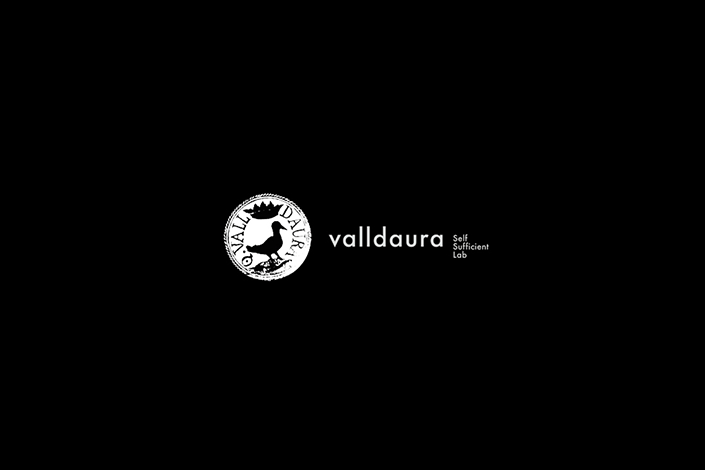

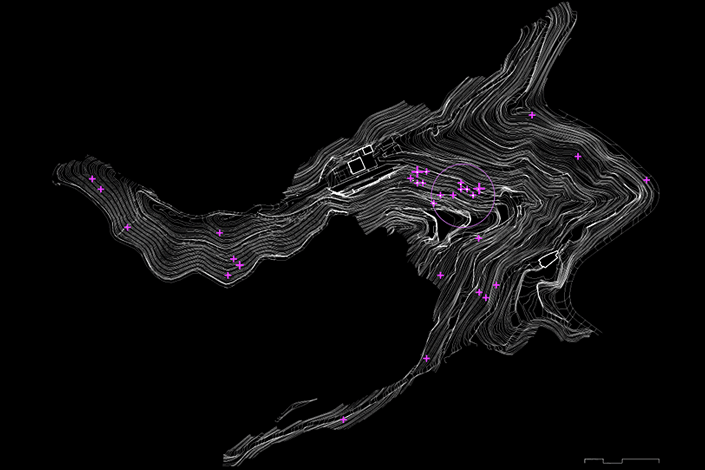
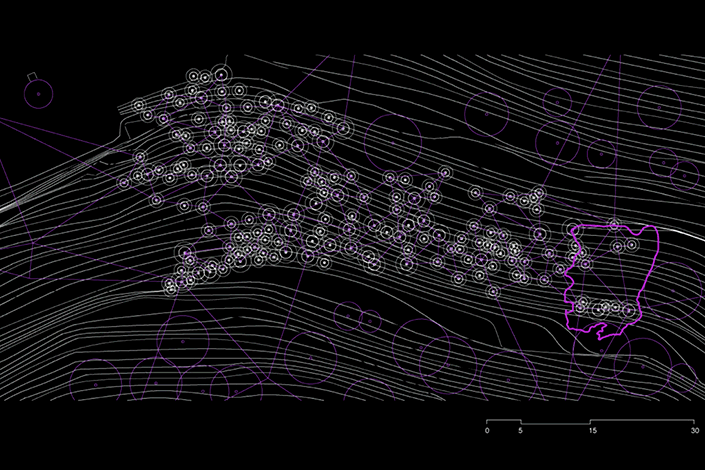


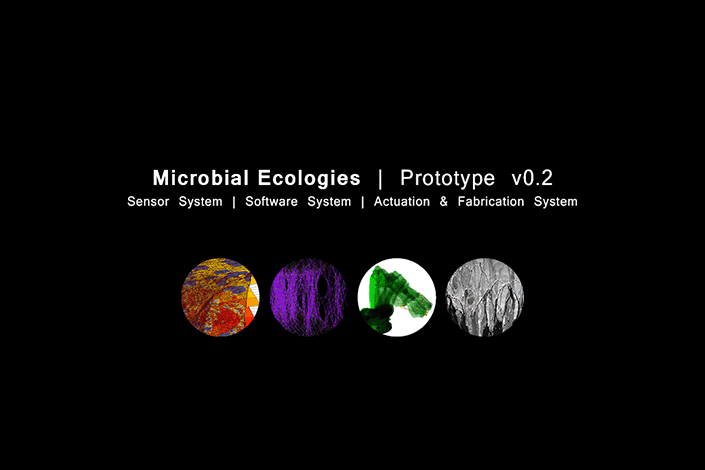
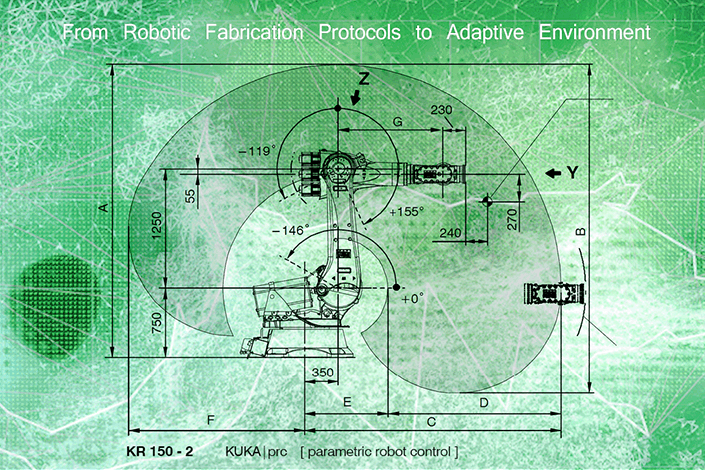
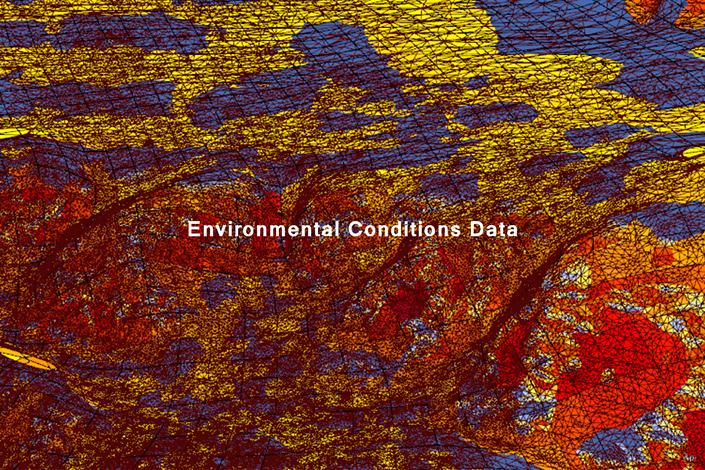


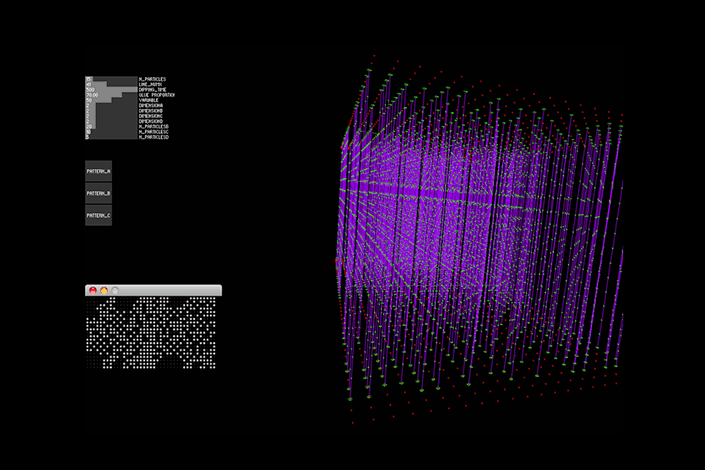
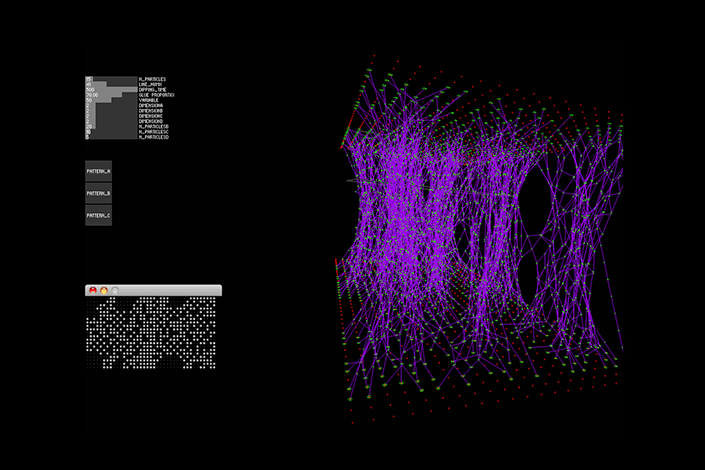
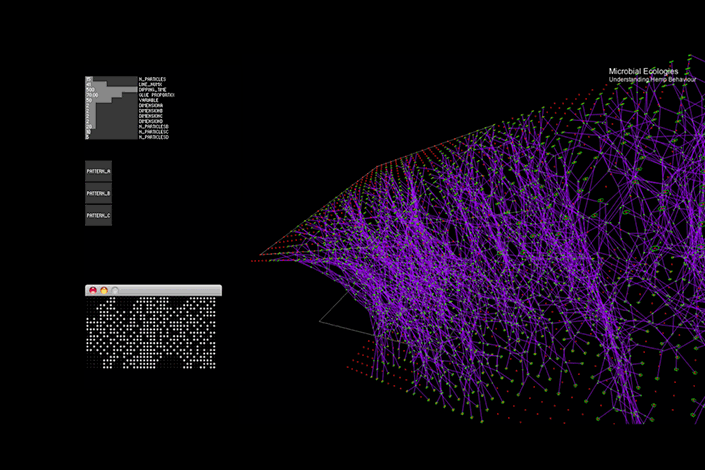
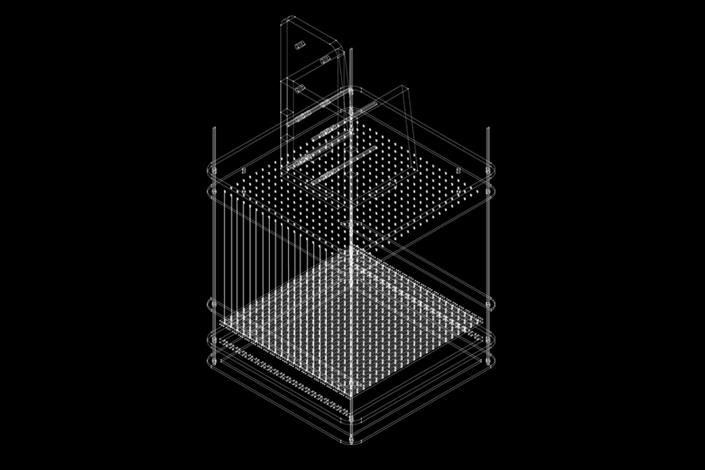










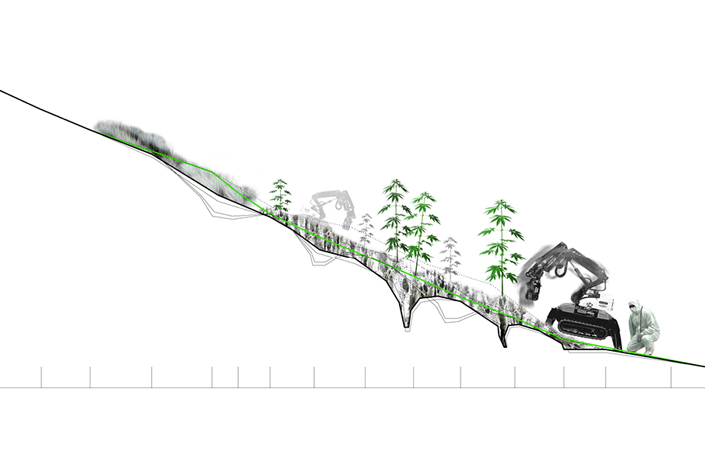










Microbial Ecologies 2.0, IAAC + FabLab Barcelona, ES, 2013
RS Digital Tectonics/Fabrication Ecologies, (ValldauraLabs bcn)
team: peter malaga, fran castillo, yogesh karekar, priyanka narula
supervisor: claudia pasquero, marco poletto assistant: alexandre dubor
desk critics: achim menges, enrico dini, giorgio jeronimidis, marcos cruz, marco verde
final jury critics: neil leach, manuel gausa, areti markopoulou, thomas ermacora, ulrika karlsson, jaume avellaneda, jaime coll, juan carlos sanabria, edouard cabay, jordi pages, manja van de worp, luis fraguada
Microbial Ecologies (ME) is proposing a speculative scenario in which is able to explore new robotic fabrication processes as a framework for investigating the generation of bio-artificial systems. These systems allow us to regenerate polluted and eroded terrains, protect the soil from farther erosion and encourage healthy plant growth using interconnected 3D fibre systems (Phytoremediation - a process where contaminants are absorbed by the fast-growing hemp roots or, in some cases, transforms toxins into a harmless substance. This decontamination process is proven to pull heavy metals from soil. It was also used following the nuclear disaster at Chernobyl to remove radioactive strontium and cesium). The research explores a heterogeneity of fibre structures at a broad range of spatial scales. The heterogeneity and interconnectivity of the 3D fibre system within soil creates symbiotic bio-diverse microhabitat for the various microbial population and vegetal systems. The system that ME is proposing has a pivotal role in microbial interactions, therefore it is able to amplify the biodiversity of ecosystems.
Microbial Ecologies focuses on the development of fibre structures to characterize soil composition at multiple scales that are relevant for micro organisms.
Theoretical Framework
- The Sensor System (SS) as a framework for processing environmental data. The prototype has been developed in Valldaura-Self Sufficient Labs located in the Collserola Natural Park, Barcelona. This Sensing technology is feeding our second dimension (Software Simulation) and parameterizing the virtual prototype. The parameters which are modelling the software are: water flows, slope gradient, solar radiation, thus, the fibre pattern is defined according to environmental data processing.
- The Software Simulation (S) is based on physics engine and explores new ways of simulating fibre behaviour. The parameters that are encoding the virtual prototype are: distance between fibres, lengths of fibres codified by number of particles per each fibre, fluid properties, dipping time speed and frequency. The internal logic of simulation is based in rules that are being extracting in physical experiments, in which we tested the fibre behaviour under different dipping techniques and also different fluid properties. These material behaviour experiments allow us to understand the emergent fibre behaviour processes. The software explores new ways of form-generation and develop new system for modelling complex adaptive environment.
- The Actuation System / Fabrication System (FS). This phase is physically modelling, through robotic processes, all datasets that are been processed in the digital simulation. All of these processes are proposing a new hybrid framework for fabricating bio-artificial ecosystem. It investigates new feedback loops between material and digital systems.
Microbial Ecologies is exploring new robotic fabrication protocols using natural fibre as an environmentally friendly medium for designing microhabitats.
(previous research, see Microbial Ecologies 1.0)

























































